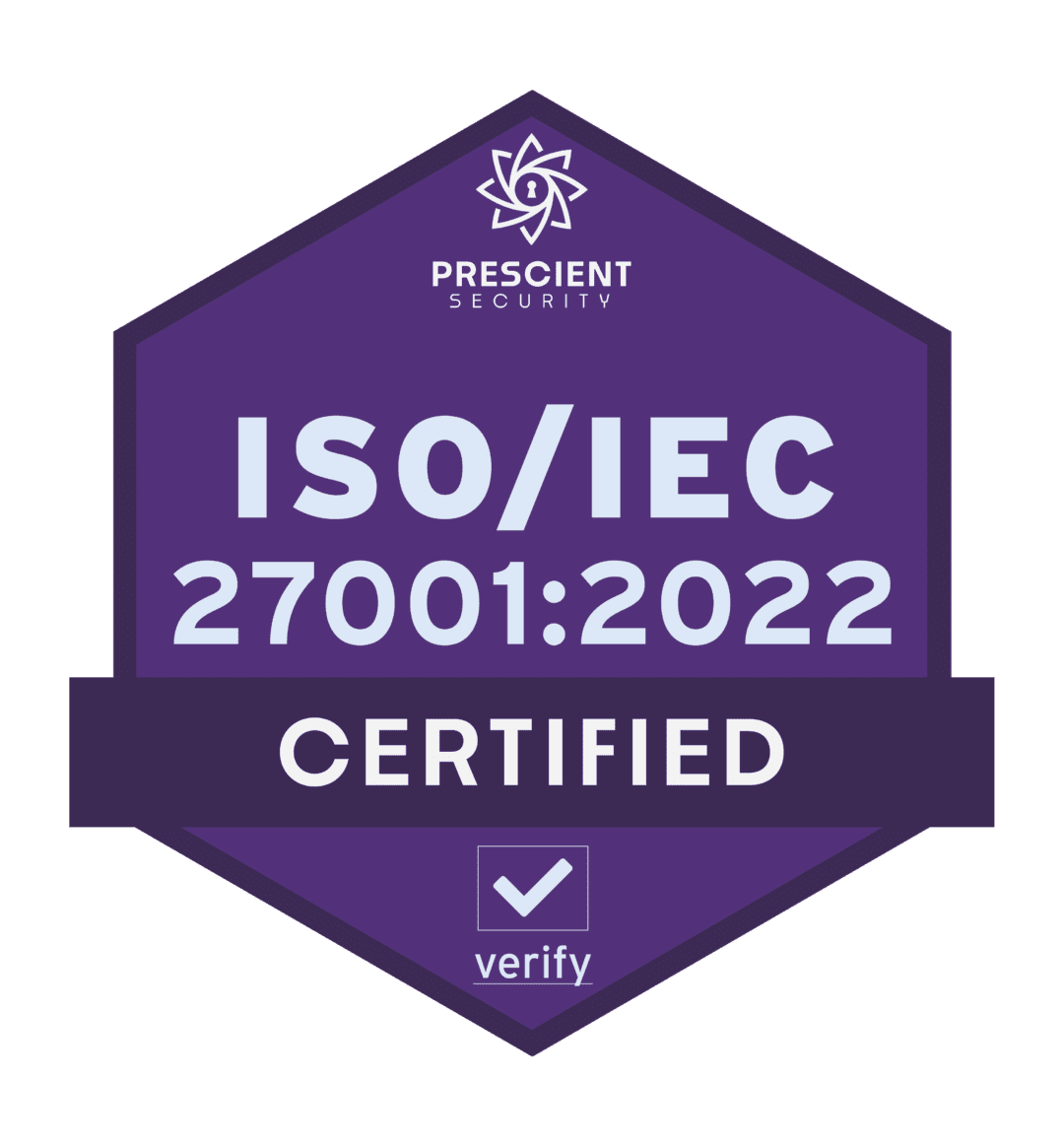The best content marketers in the game have a knack for telling stories and sharing them with their audience at just the right moment. Ask Ryan Farrell, marketing director at LinkedSelling, a leading sales consultant for sellers on LinkedIn.
Farrell points to a recent LinkedSelling email campaign promoting a training program for small business owners. The goal? To get entrepreneurs to enroll. Their first email in the campaign was a routine marketing email.
The email checked the boxes for marketing a product, sharing an overview of the training offering and the fee, and a deadline for signing up. But it didn’t tell a story. It was an email that could have come from anyone, Farrell said.
“We didn’t get a whole lot from it,” he added.
LinkedSelling sent a second email in the afternoon, this time sharing a co-worker’s story about pursuing entrepreneurship. Their sales doubled within hours.
“It was just awesome to see,” he said.
The lesson? Finding a way to connect with your audience on a personal level can generate big returns, Farrell said. He encourages business owners to focus on “getting back to the handshake” in the digital world by making email content more personal and relatable.
“It’s getting back to a time where you’re not just boasting and bragging about yourself. You’re just a human talking to another human,” Farrell said. “That’s kind of the philosophy that we talk about.”
Here are three tips for writing more personal emails Farrell shared on a recent episode of the Pushing Send podcast from rasa.io.
1. Don’t be boring
It’s certainly easier and faster to follow a template or use boilerplate marketing language for your email copywriting. The problem? It’s just plain boring, Farrell said. He points back to the LinkedSelling training program email campaign.
“It was just going through the offer. A very logical kind of email,” Farrell explained.
Spending more time crafting your email copy is worth the effort. But don’t let that translate to longer emails. Farrell recommends limiting yourself to five sentences or less.
Another tip? Read your email aloud. Does it sound like something you would say if you were having a conversation with a friend? If not, time to revise, Farrell said.
2. Tell a story
The easiest way to make email content more personal is to share a story from your own experience, or that of a colleague or customer. Farrell noted that the second email in the training program campaign talked about one of his co-workers and the tension he faced when he was forced to choose between a lucrative job offer and striking out on his own in business.
“He had to make a decision of whether he was going to take the leap or not,” Farrell said.
The story is one just about any business owner could relate to and that’s why it resonated with their audience, Farrell said. Think about the stories that peak your interest. They can come from anywhere: a sales call, a networking event, the person sitting next to you on the plane. Be on the lookout for stories that channel your brand and what you believe in.
Don’t have a story that makes sense to share? Think of other ways to connect on a personal level. Talk about your family. Share details about your pet. Use your name in your email signature instead of just your company’s.
3. Listen to your readers
Regularly check your analytics to see what emails resonate most with your audience. What do the top-performing emails have in common? Are they similar in length? What types of words do they use? Studying your performance gives you insight on the best way to connect with your audience, Farrell noted.
Farrell also encourages marketers to create opportunities for your audience to get in touch with you directly. He noted marketing emails often ask readers to click on a button or a link to sign up for something or schedule a time to speak with someone. Instead, LinkedSelling will ask readers to reply to that email.
“Having a real person reach back out and say something nice—or just acknowledge that you exist—facilitates and gets conversations going,” Farrell said.












